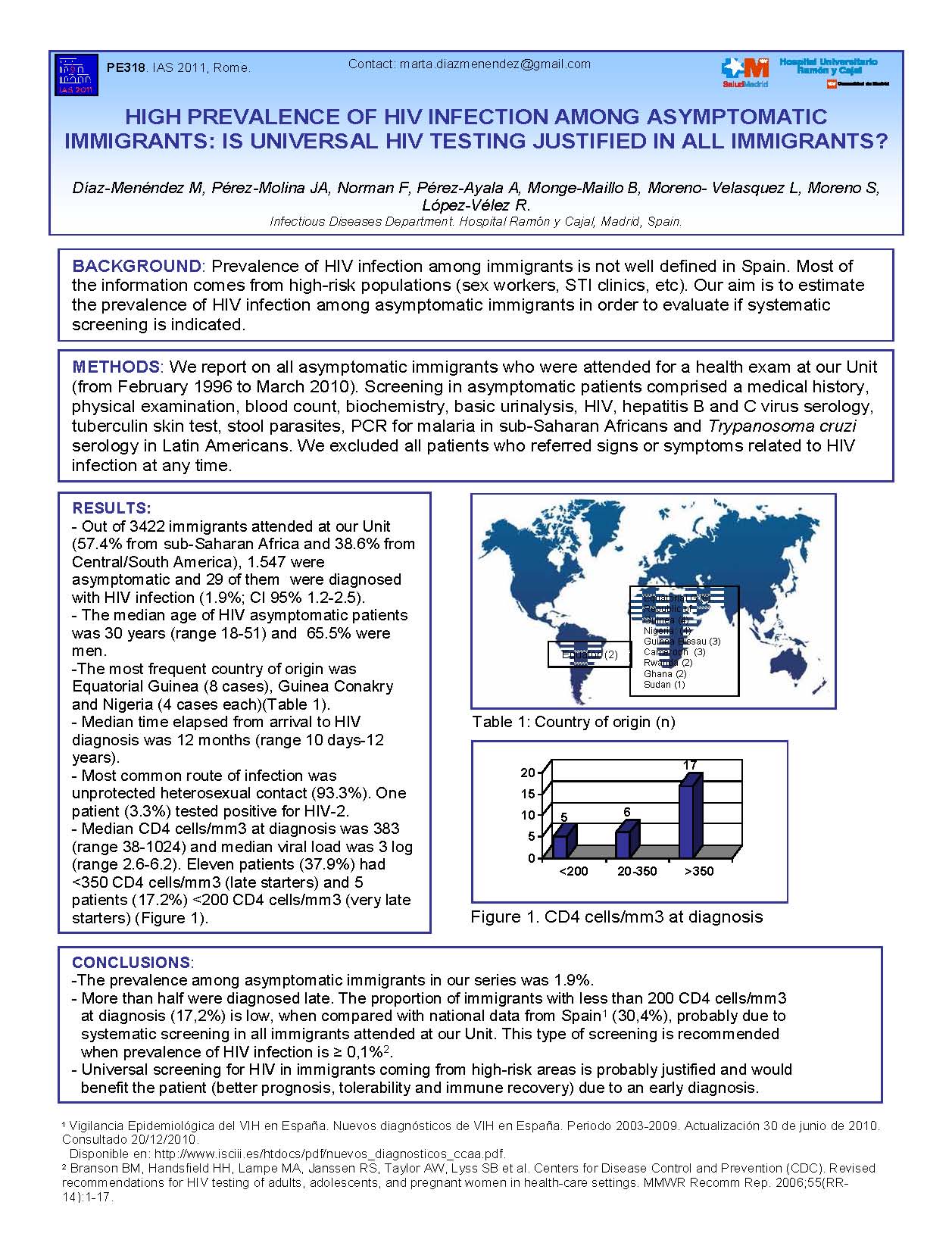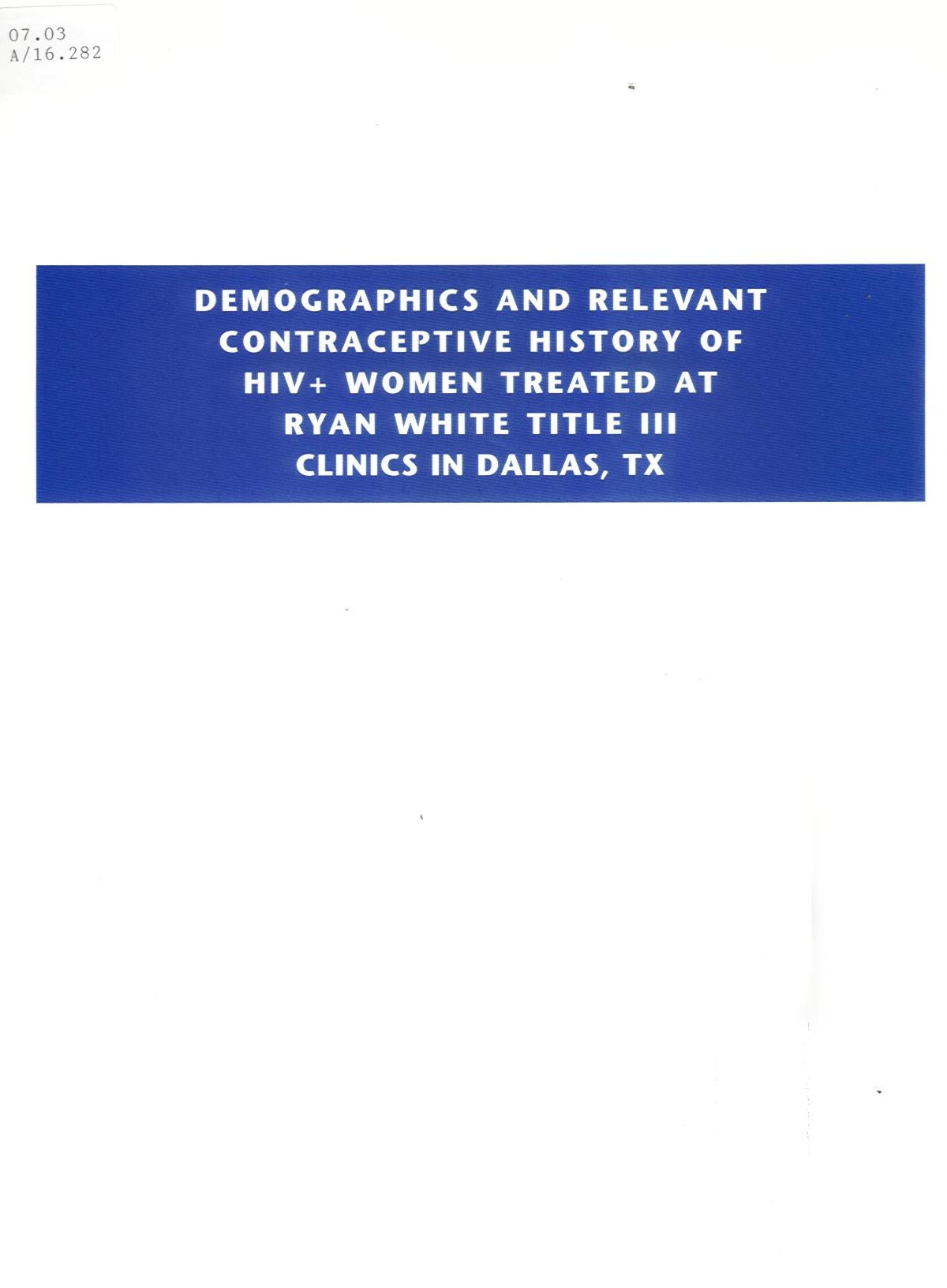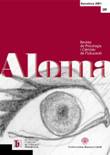Resum
Background: Prevalence of HIV infection among immigrants is not well defined in Spain. Most of the information come from high-risk populations (sex workers, STIs clinics, etc). Our aim is to estimate the prevalence of HIV infection among asymptomatic immigrants in order to evaluate if systematic screening is indicated.
Methods: We report on all asymptomatic immigrants attended at our Unit (FEB/1996-MAR/2010) who were attended for a health exam. We excluded all patients who have recorded at any time signs or symptoms related to HIV infection. Results: Out of 3422 immigrants (57.4% from sub-Saharan Africa and 38.6% from Central/South America), 1.547 were asymptomatic and 29 were diagnosed with HIV infection (1.9%; CI 95% 1.2-2.5). The median age was 30 years (range 18-51), 65.5% were men. The most common country of origin was Equatorial Guinea (8 cases), Guinea Conakry and Nigeria (4 cases each of them) and Guinea Bissau and Cameroon (both 3 cases). Median time elapsed from arrival to HIV diagnosis was 12 months (range 10 days-12 years). Most common route of infection was unprotected heterosexual relations (93.3%). One patient (3.3%) tested positive for HIV-2.Median CD4 cells/mm3 at diagnosis was 383 (range 38-1024) and median viral load was 3 log (range 2.6-6.2). Eleven patients (37.9%) had < 350 CD4 cells/mm3 (late starters) and 5 patients (17.2%) < 200 CD4 cells/mm3 (very late starters). Conclusion: HIV prevalence among asymptomatic immigrants in our series was 1.9%. More than half were diagnosed late. Universal screening for HIV immigrants coming from high-risk areas is probably justified and would benefit the patient (better prognosis, tolerability and immune recovery) due to an early diagnosis. (Resumen de los autores)






